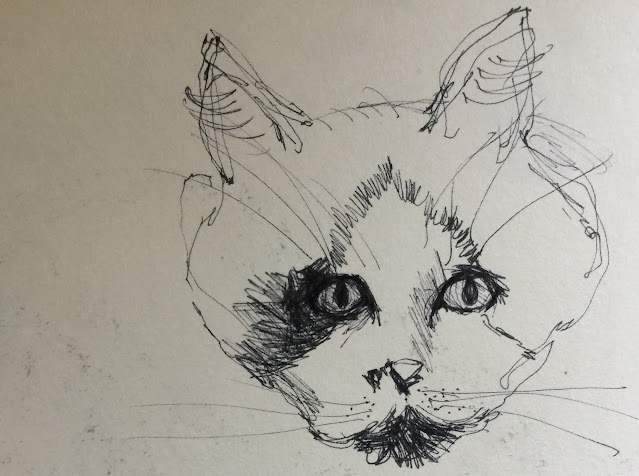Writers love words.
I collect words and keep a Thesaurus by my side as I write. My favorite English major joke, "What's another name for a Thesaurus?" makes me laugh every time I think of it.
I read the dictionary from A to Z growing up, but I've never wondered how the words in a dictionary are selected. Then I read Pip Williams' historical fiction, The Dictionary of Lost Words, which chronicles the creation of the first Oxford English Dictionary and the people who collected the words that fill the dictionary's volumes.
I was intrigued by the story. Not only does Williams describe the lives of the people who curated the words to be defined, but she included significant historical events that had an effect on the choices for the dictionary. During the accumulation of words for the dictionary which began in 1884 and continued through the publication of the complete set of 10 volumes in 1933, monumental events such as World War I, the suffragette movement, and the Great Depression occurred. A group of men determined the main word choices and definitions based on the number of literary references that could be found. The men in charge often neglected women's words and common marketplace vernacular that were not considered substantiated enough to be included in the dictionary. Even a dictionary has a point of view. The main character Esme collects words that drop out of consideration and creates a dictionary of her lost words.
 |
| "Wonderful Words Used Rarely," a page from a letterpress book about language by Martha Slavin (words include adumbrate, arcanum, eidetic, irenic, muliebrity, perseverate, ratiocination) |
Read about the history of the Palace Hotel here:
https://en.wikipedia.org/wiki/Palace_Hotel,_San_Francisco
To learn more about the National Kidney Foundation:
Check out the development of the Oxford English Dictionary here:
https://www.britannica.com/biography/James-Murray
Read about the gentrification of the Fillmore District:



.jpeg)


.jpeg)
.jpeg)
.jpeg)
.png)




.jpeg)
.jpeg)
.jpeg)

.jpg)

.jpg)
.jpg)
.jpg)